Employee Productivity vs Hours Worked
By Kimberly Kafafian
If you want to boost your employees’ productivity, you might want to consider cutting back on the number of hours they work. At least that’s what the takeaway is from a new study by the non-profit organization 4 Day Week Global.
The organization’s research shows that workers can get as much work done in a 33-hour week as in 38 hours. How is that possible? By working more efficiently. It appears that employees who work four days vs five are making changes in how they work as opposed to speeding up and cramming the same work into a shorter time period – with better results!
In addition to the enhanced productivity, companies also saw:
- Revenue increase by 15% over the course of the trial
- Boost in attracting new employees
- Reduction in the number of employees considering leaving their jobs
100% of the companies who were part of this pilot program are definitely planning or leaning towards continuing their four day week. Now, that’s quite a testament!
While this study produced amazing results, I recognize that not every business is open to the concept of, or able to segue into, a four day work week. I am sharing these results mainly to draw attention to the fact that productivity and hours worked are not synonymous. Business owners, leaders, and managers should not conflate the quality with the quantity of work.
Productivity Is the Real Measure
The pandemic brought a shift in when we work and how we work. Rather than be a strict taskmaster tracking the exact number of hours clocked, leadership should be focusing on the output. Hours just measure how long someone worked, while productivity measures how well they worked, which is more directly correlated to the bottom line.
Assessing Productivity vs Hours
Analyzing the differences between employee productivity and the set hours worked can help leadership get a full picture of the connection and reassess productivity goals. Why? Because working more hours doesn’t necessarily produce greater output; in fact, as the study reveals it may even reduce it. By conducting such an assessment, you might find that you should be leveraging different tools or software to help your workforce maximize efficiency, or that your workforce is taking a significant amount of sick days around intense work periods.
When you focus on maximizing productivity rather than time worked, you can boost morale, reduce burnout, and increase retention – and that’s a win for everyone.
 En Español
En Español








